Deck & Commander Strategies
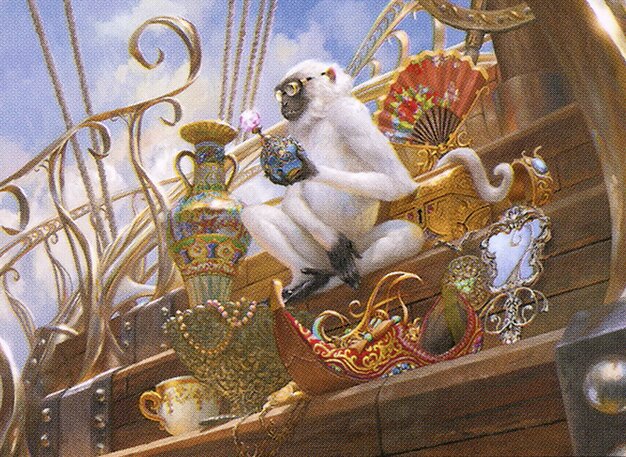
Ragavan, Nimble Pilferer
An aggressive, treasure-generating deck using Ragavan's combat damage triggers to gain card advantage and apply continuous pressure through unblockable attacks.

Myrkul, Lord of Bones
A sacrifice and enchantment-focused deck that turns dying creatures into enchantments, leveraging static abilities and sacrifice outlets to control the board and generate value.
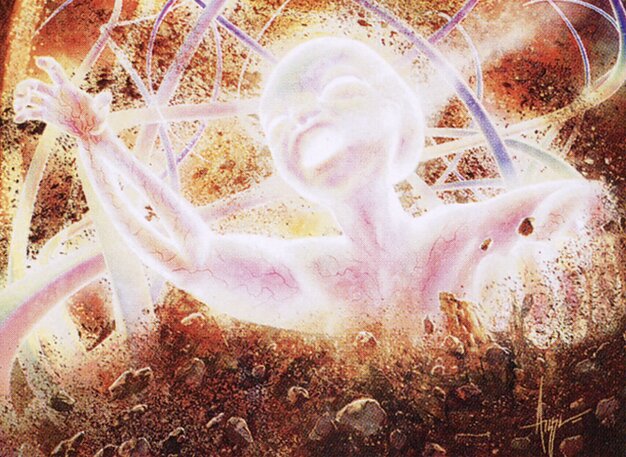
Child of Alara
A multicolor angel tribal deck themed around the Evangelion anime, relying on powerful angels and synergistic multicolor creatures to dominate the battlefield.
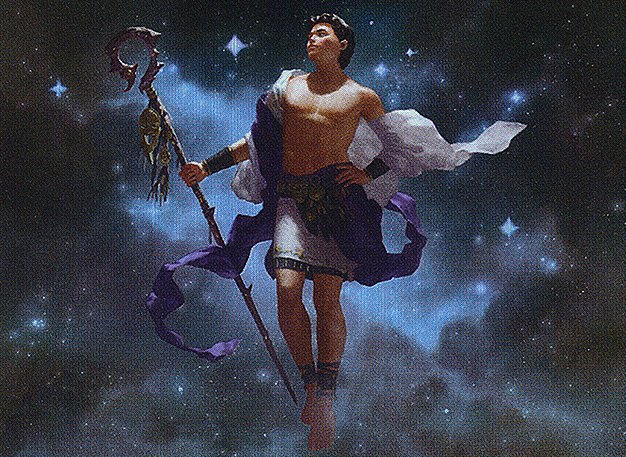
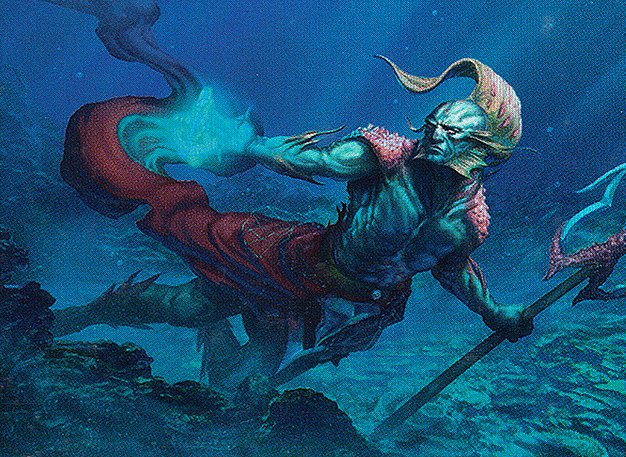
Ravos, Soultender and Thrasios, Triton Hero
A humorous six-pack tribal deck featuring buff creatures with six-pack abs, aiming to overwhelm opponents with tribal synergies and aggressive threats.
Gameplay Insights
- 1
Myrkul's ability to sacrifice creatures and have them return as enchantments provided a resilient board state that was difficult to remove permanently.
- 2
Ragavan's unblockable attacks and treasure generation created constant card advantage and mana acceleration, maintaining offensive momentum.
- 3
The Six-Pack Tribal deck, while largely thematic, demonstrated the power of tribal synergy and consistently applying pressure with buffed creatures.
- 4
Managing mana colors was a notable challenge given the multicolor demands of several decks, particularly the Child of Alara deck with its heavy color requirements.
- 5
Players needed to carefully decide when to block or trade creatures, especially against Ragavan's treasure tokens and Myrkul's recursive permanents, to avoid giving opponents additional value.
Notable Cards
-

Ragavan, Nimble Pilferer
-
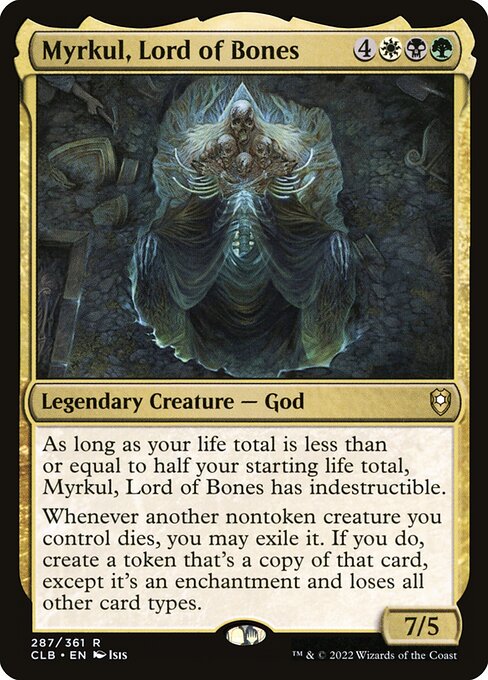
Myrkul, Lord of Bones
-

Child of Alara
-

Ravos, Soultender
-

Thrasios, Triton Hero
-

Exotic Orchard
-
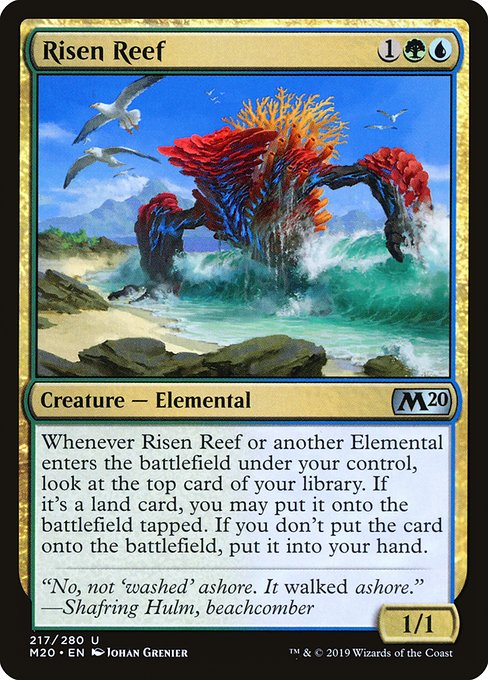
Risen Reef
Gameplay Summary
The game featured a dynamic clash between four unique decks, each with distinct themes and strategies.
Ragavan, Nimble Pilferer led a Curious George-themed aggressive deck focused on generating treasures and card advantage through Ragavan's combat triggers.
Myrkul, Lord of Bones piloted a sacrifice and enchantment-focused deck that converted creatures into enchantments upon death, aiming to leverage static abilities and sacrifice synergies.
The Child of Alara deck embodied an Evangelion anime theme, presumably focusing on powerful multicolor angels and impactful board presence.
Meanwhile, the Six-Pack Tribal deck used by Ravos and Thrasios was a humorous build featuring buff creatures with six-pack abs, looking to overwhelm opponents with a combination of tribal synergies and hard-hitting threats. Early game developments saw Ragavan generating pressure with unblockable attacks and treasure tokens, while Myrkul’s deck showcased its unique mechanic of sacrificing creatures and bringing them back as enchantments to gain incremental advantages.
The Six-Pack Tribal deck developed a board presence of muscular creatures, creating a notable threat on the battlefield.
Child of Alara’s deck played various multicolor angels and impactful creatures, aiming to stabilize and dominate through raw power and synergy.
A key turning point was Myrkul’s ability to repeatedly sacrifice and exile permanents, slowly edging board control while Ragavan kept applying consistent offensive pressure.
The game revolved around managing multi-pronged threats, with each player leveraging their deck’s strengths to survive and outpace opponents.
Ultimately, the game highlighted unique Commander interactions, synergy exploitation, and creative deckbuilding themes.




















![Duke Ulder vs Bane vs Myrkul vs Urabrask [Budget EDH/Commander, MTG Gameplay 2022] thumbnail](https://i.ytimg.com/vi/EjVlvTBkRBs/sddefault.jpg)


![Random Decks, Hidden Roles! [Commander VS 301] | Magic: the Gathering Commander Gameplay thumbnail](https://i.ytimg.com/vi/Pel5HCJg5cQ/sddefault.jpg)















![Commander VS: Happy Johnny Appleseed Day! [EDH] thumbnail](https://i.ytimg.com/vi/GFdVvmC5xpE/sddefault.jpg)
![Commander VS S2E4: ????? vs ????? vs ????? vs ????? [MtG: Multiplayer] thumbnail](https://i.ytimg.com/vi/AtG_lLI-VXw/sddefault.jpg)
![Commander VS S1E7: ??? vs ??? vs ??? vs ??? Part 2 [MTG Multiplayer] thumbnail](https://i.ytimg.com/vi/p2dReYRgN8c/sddefault.jpg)

